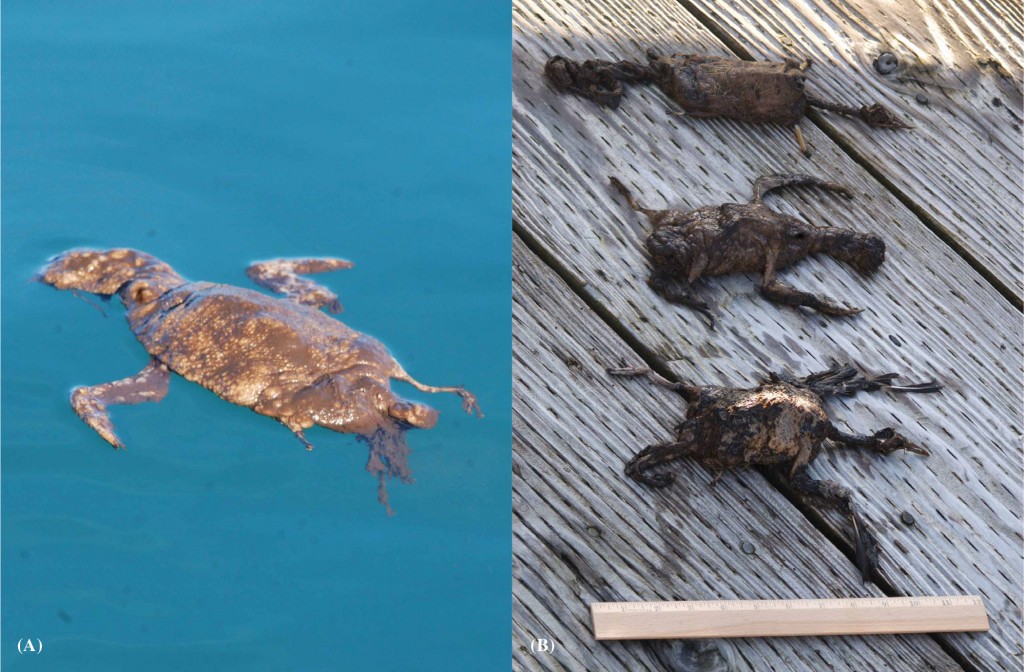The UAM Bird Collection is used for a lot of interesting research, and we always enjoy the resulting products, especially when researchers push back the frontiers of human ignorance in new and important directions. In this case, some researchers (see Haynes et al. 2013) arrived on the scene at the bitter end (for the birds) of what we might call an avian Jonah experiment. Yes, birds were swallowed by a whale. We were sorry to learn that, unlike Jonah, the birds did not live through the experience, but instead emerged later, much the worse for wear, from the wrong end of the whale.
Graphic image…
Our Bird Collection loaned vouchered tissue samples to these researchers so they could compare DNA from the recovered, partially digested birds to DNA from birds of known identity. “Vouchered” means the tissue samples that we lent come from an animal preserved as a specimen in a museum collection that scientists can return to so that its identity can be verified at any time.
The whale was a humpback (Megaptera novaeangliae). Adults are about 40-50 feet long, and they normally feed on krill and small fishes. They are a baleen whale, and their lack of teeth to chew their food explains why these bird carcasses can go completely through the whale’s digestive tract without being digested very well. These birds seem to be tougher than the usual prey, and they were almost certainly swallowed by accident. Two of the birds were Marbled Murrelets (Brachyramphus marmoratus), and one was an Ancient Murrelet (Synthliboramphus antiquus). The moral of the story is probably to be careful when swimming near whales, and that if you can’t figure out what something is, a museum collection is a good place to start looking.
P.S. If you find alcids (or other birds) in whale poop, save them for the skeletons, please.

